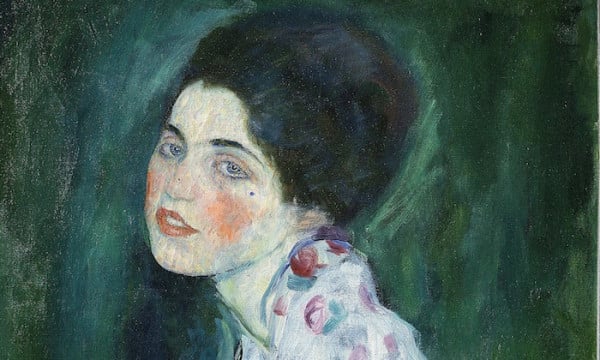
An unknown Italian man identifying himself as a retired art thief has contacted the police in the northern city of Piacenza demanding €150,000 ($163,000) for the safe return of a Gustav Klimt painting.
According to Der Standard, the demand was made several days ago.
The artwork disappeared from the Galleria d’Arte Moderna Piacenza in February 1997 while the alarm system was incapacitated due to ongoing renovation work.
The man reportedly said he knew the location of the missing artwork created in 1916–17, adding that he was a former art thief who had withdrawn from the “business” a long time ago.
The painting disappeared from the Galleria d’Arte Moderna Piacenza 18 years ago.
Photo: piacenzamusei.it
In light of new detection technology, local police has revisited the case recently. Authorities reportedly found a fingerprint on the frame of the painting, which was left behind after the artwork had been removed.
Although the Carabinieri ruled out paying the ransom, a group of the city’s art associations and institutions announced their willingness to raise the necessary funds to facilitate the return of the modern masterpiece to the museum.
The oil painting—part of a series of late women’s portraits that Klimt painted between 1916 and 1918—is considered unsellable due to its recognizability.
An unidentified man called Piacenza police demanding ransom money for the painting.
Photo: allworldtowns.com
“Artnapping”—the stealing of art for ransom—has gained popularity in the criminal world. This past March, the Vatican announced that it received a ransom request of €100,000 for the return of two stolen documents by the Renaissance master Michelangelo 20 years after the documents had disappeared.
In April, the van Buuren Museum in Belgium negotiated a ransom with thieves for the return of a group of ten stolen paintings by Pieter Brueghel the Younger, James Ensor, and others.
“It happens more and more,” Belgian art expert Jacques Lust told TV Brussels at the time. “Not all details make it to the media, of course. If a case is solved there’s no mention of the amounts paid, nor of the works having been stolen. But there’s an increase in such cases,” he said.